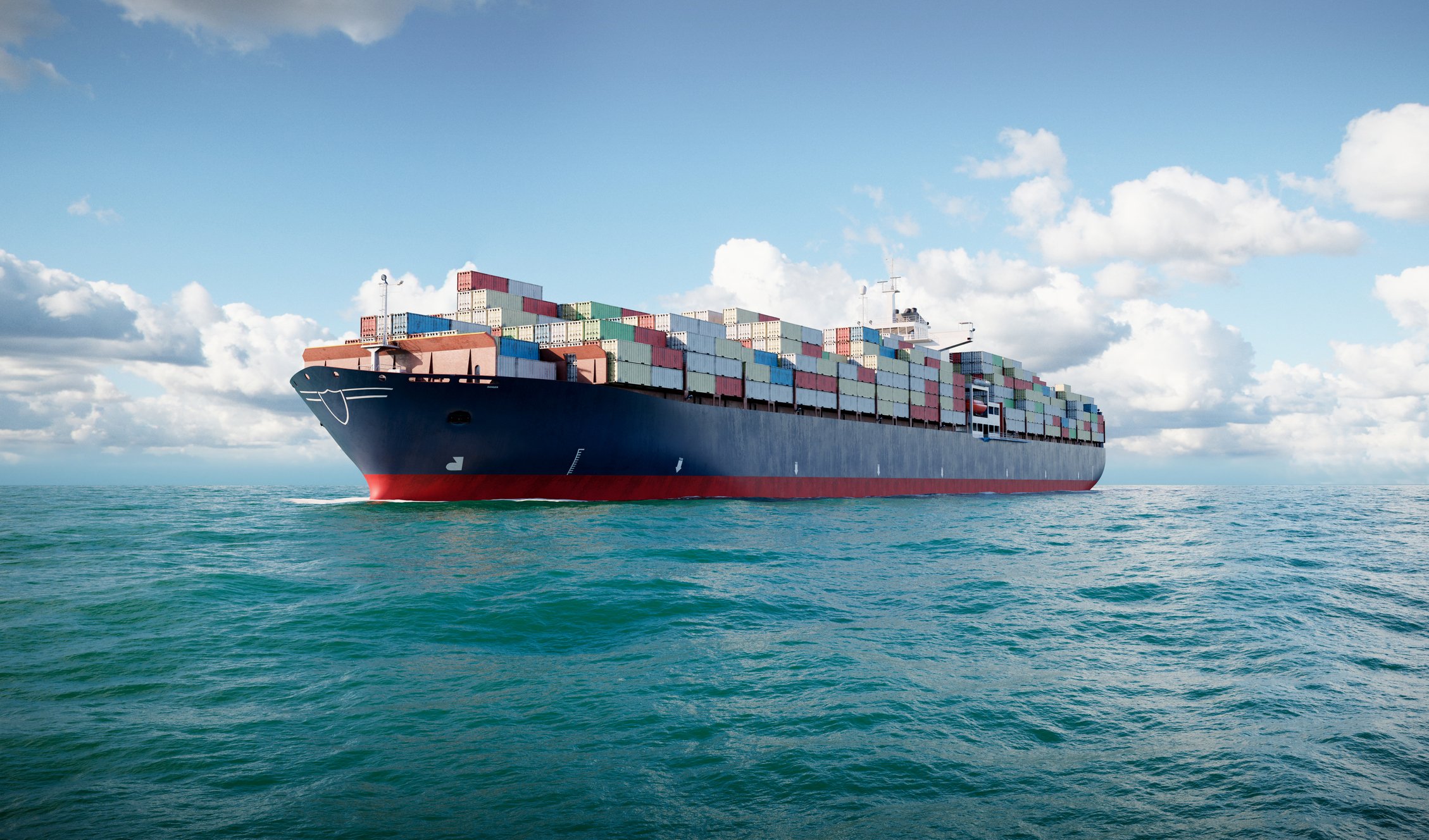Textainer Group Holdings Limited (TGH +0.00%) has had its share of ups and downs over the years. For example, while its stock is up more than 20% this year, shares have plunged 65% over the past three. That volatility is due to the ebbs and flows of global trade and the impact it has on Textainer's underlying business, which is to lease containers to global shipping companies. While the company does make money in other ways, those contracts provide the bulk of its revenue each year.
Making sense of how it makes money
Textainer Group Holdings is the world's second-largest intermodal container leasing company behind Triton International (TRTN +0.00%). The company currently controls more than 3 million twenty-foot equivalent units (TEUs) in its fleet compared to nearly 4.8 million TEUs at Triton, which took over the top spot last year by merging with TAL International Group. Textainer currently owns 81% of its fleet and manages the other 19% on behalf of others. The company primarily makes money by leasing its owned fleet to shipping lines and has secured long-term contracts for 76% of its fleet, while 17% are under master and short-term leases and 7% are finance leases.

Image source: Getty Images.
The type of lease generally follows the life cycle of a container. When Textainer buys a new container, it typically secures an initial contract that often lasts between five and eight years. Once that contract expires, the shipper can renew the lease (which historically happens 40% to 50% of the time), or Textainer can lease it to another customer. These midterm leases tend to be shorter in duration, though the company can continue to re-lease the container several times throughout the course of its useful life, which typically stretches 12 to 15 years. After that, the company will sell the container, which then gets used as a storage container, or for shipping cargo one-way, and even repurposed as a tiny home. In fact, the company sells around 100,000 containers each year, which makes it the largest seller of used containers in the world.
Here's a breakdown of Textainer's sources of revenue last quarter as well as in the same quarter of 2016:

Data source: Textainer Group Holdings Limited. Dollar figures in millions. Chart by author.
As that chart shows, rental income from leasing its owned fleet trumps the revenue it pulls in from all other sources.
One other thing that the chart shows is that Textainer's rental income has declined over the past year. That's the result of challenging market conditions, which led to lower lease rates for expiring leases. Because of those lower rates, as well as some other issues, the company has reported a string of losses in recent quarters, including an adjusted loss of $9.1 million last quarter, which followed a $13.6 million adjusted loss in the fourth quarter of 2016.
Steady income -- until it's not
Textainer's recent losing streak all started when the industry hit some rough seas in 2015 due to slowing global trade and overcapacity in the shipping industry. Those factors, along with others, led to weaker shipping rates, which drove down lease rates for containers. As a result, Textainer started earning less on renewals and re-leasing of expiring contracts. Meanwhile, conditions grew so challenging at one point that the world's seventh-largest shipping line, South Korea's Hanjin, filed for bankruptcy.
That announcement had a significant impact on Textainer's financial results, since the company had leased more than 110,000 units to Hanjin, representing 6.4% of its total fleet, which was more than double Triton International's exposure to Hanjin. Because of that outsized exposure, Textainer has been feeling the effects of this bankruptcy for the past several months. One impact has been the time it has taken to retrieve its containers and put them in the hands of new customers. Through the end of the first quarter, Textainer had recovered 88% and was negotiating the release of another 5%. That said, it had only been able to find new leases for about 40% of those recovered containers, causing its utilization to fall, and weighing on profitability. However, as the dust continues to settle, Textainer should be able to find new customers for the rest of its fleet so it can start making money from those containers again.
Investor takeaway
When industry conditions are normal, Textainer Group Holdings makes a boatload of money leasing its containers to shipping companies. Unfortunately, the company has hit a rough patch in recent years, which has caused revenue to fall and profits to dry up. That said, with the Hanjin bankruptcy slowly fading into the background and shipping rates starting to improve, the company's biggest moneymaker should start contributing meaningful profits once again.






